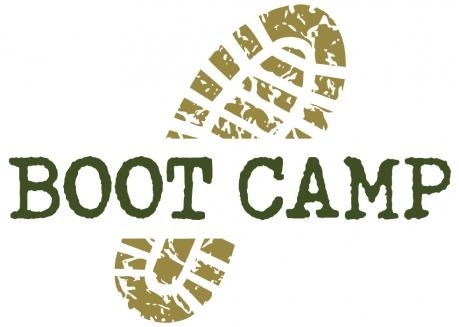3-DAY CAPSTONE INTENSIVE EVENT:
DAY ONE:
Module 1: Introduction and agenda
- Structure of the OTC marketplace, market practices and conventions.
- Understanding cash flows, FX as a model
- High Frequency Trading strategies -FX triangulation
- Industry trends – Digital vs Analog in the OTC markets
Module 2: Introduction to the wholesale markets
- Exchange traded markets and Over the Counter markets
- Clearing services and the mark-to-market process. The Zero-Sum game.
- Vertical integration in futures exchange markets
- Horizontal integration of equities and options markets
- OTC markets: common clearing and and bilateral settlement
- Prime Brokerage
- Settlement – who needs to settle, and why. Differences between FX and Fixed Income and other securities.
- Industry trends – Digital vs Analog in the OTC markets
Module 3: The common money market instruments
- Defining returns: absolute vs. annual
- Time deposits, the LIBOR concept, Repo, Stock Loan, Certificates of Deposit, CP
- Day count explanations
- Review of synthetic loans as forward FX, including credit risk
- Basic derivatives and their relationship to the markets: FRAs, OIS, Eurodollar Futures, Interest rate swaps, Interest rate options (caps/floors/swaptions)
- Exercise: Are derivatives necessary for synthetics? Create a synthetic instrument using cash instruments only.
- Case study and discussion: When LIBOR broke down in 2008.
Module 4: Spot and Forward FX cash flows
- Review spot FX and crosses. Explain “inside” and “outside” quotes.
- FX cash flow engineering and forward FX swaps contracts: Quote conventions, deposits arbitrage, hedging forward deals.
- Exercise: Market making in forward FX and deposits arbitrage
DAY TWO:
Module 5: Yields and settlement conventions.
- The Thursday-Friday arbitrage of the 1980s, caused by the settlement differences.
- Other settlement conventions –particularly non-dollar currencies on a US holiday.
- Modified following business day convention.
- Month and conventions (do not cross the calendar month).
Module 6: Financing with Repo (2.5 hours)
- Repo strategies in financial engineering – financing the hedge.
- The impact to yields due to financing: on-the-run UST bonds vs off-the-run.
- Case study: when interest rate swap spreads went negative. What were the implications?
- Exercise: Create the LIBOR + 40 floater on the 30 year UST.
Module 7: Risk – The Kelly Formula
- History of the Kelly Formula – managing risk.
- Calculating the edge and the odds.
- Exercise: model different investments using edge/odds.
DAY THREE:
Module 8: Trading volatility – the optionality of convexity.
- Examine the convexity difference between a CME Eurodollar future and a FRA, with examples.
- Examine the convexity difference between a high-coupon UST and a low coupon UST with examples.
Module 9: Concepts in Synthetics
- What is a synthetic instrument? Is it really synthetic?
- Case study: synthetic AAA mortgage tranches, and how that did not act like a real AAA security.
- Exercise: create different asset swaps, combining a cash bond and a swap, employing different levels of leverage
Module 10: Swaps and the swap logic – the “zero value” asset
- Role of Libor Deposits as one reference rate, compared to fed funds, CP, Bills, Prime as alternate reference rates.
- Highlight “transactional rates” versus “polled or survey rates”.
- Swap example: Interest rate swaps, basis swaps (CMT, CMS, Prime-Libor, etc)
- Swap Example: Equity swap.
- Swap Example: Commodity swap
- Swap Example: Cross Currency swap
- Swap Example: Credit Default Swap
- Discussion: How are single name CDS different from OTM options?
Module 11: Options and options concepts
- Calls and Puts
- Write versus Buy
- Options combinations
- Exotic options
 Email us with Questions
Email us with Questions Available
Available Call Us
Call Us
